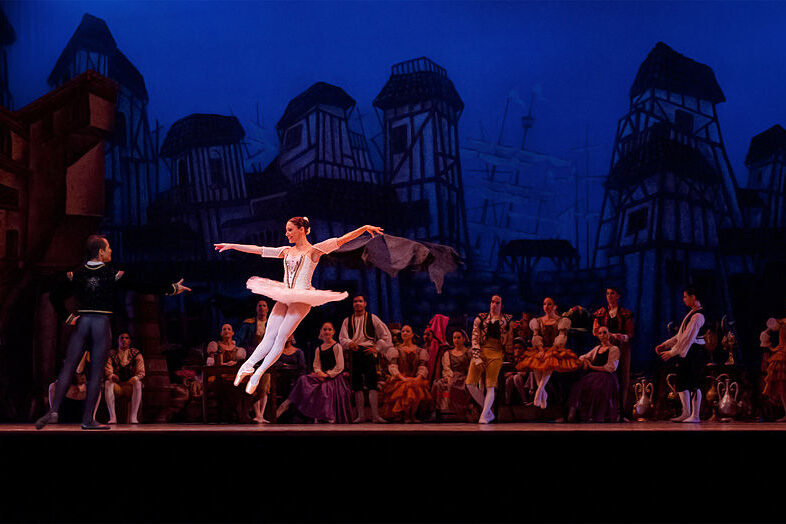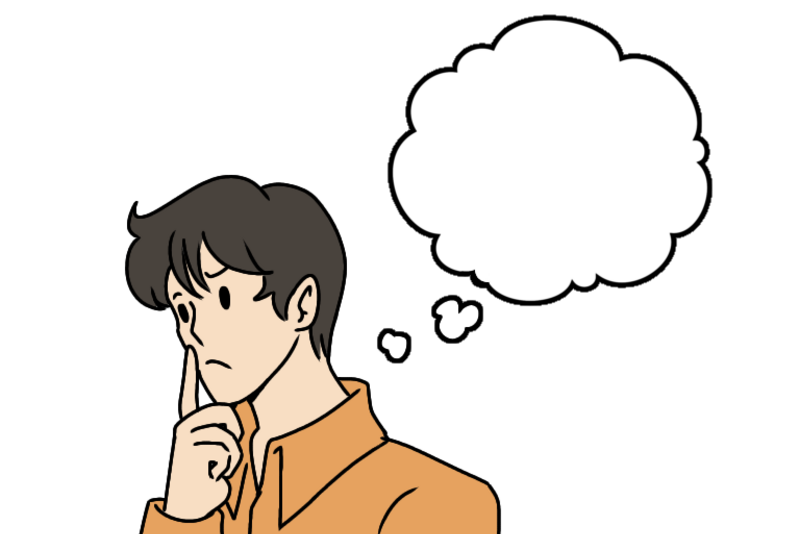A Satirical Start

Have you heard the tale, so wild and absurd, that birds aren’t real, not even a third? It began as a joke, a playful facade, but now has followers, quite a dedicated squad. What started as satire, a humorous jest, has taken on a life, putting beliefs to the test. It makes you wonder about the power of belief, how a funny idea can offer some relief, or perhaps just a moment of shared, quirky fun, under the guise of a conspiracy, for everyone.
Experts in social psychology note that satire and parody can sometimes blur the lines with genuine belief, especially in online environments where context can be easily lost or misinterpreted. The “Birds Aren’t Real” movement, while originating as a joke, has tapped into a broader cultural interest in conspiracy theories and the questioning of mainstream narratives. Its growth highlights how easily information, even when intentionally absurd, can spread and gain traction in the digital age.
Questioning Norms

In a world full of headlines, both real and fake, this bird conspiracy makes some folks awake. It encourages questioning what we’re told is true, prompting a deeper look at the world’s point of view. For some, it’s a way to engage with distrust, a playful rebellion against what they think is unjust. By embracing the absurd, they find a voice, a way to critique the narratives they didn’t choose. It makes you ponder the nature of truth and lies, and how we navigate the world with open eyes, or perhaps with a knowing, slightly cynical grin, at the stories that circulate within.
Scholars of media literacy and critical thinking suggest that engaging with satirical content, even conspiracy parodies, can sometimes lead to a greater awareness of how information is constructed and disseminated. By playfully questioning established norms, individuals may develop a more critical approach to evaluating the information they encounter. The “Birds Aren’t Real” movement, in this sense, can be seen as an unconventional form of social commentary.
Finding Community

For those who join in on this feathery fray, there’s a sense of belonging in a curious way. Sharing the joke, the memes, and the lore, creates a community that wasn’t there before. It’s a space for connection, a shared understanding, a group of like-minded folks across the land. In a world that can feel isolating at times, finding a tribe, even over a comical climb, can offer camaraderie and a sense of place, within this bizarre and feathery space.
Sociologists who study online communities highlight the role of shared humor and beliefs, no matter how unconventional, in fostering social bonds. The “Birds Aren’t Real” movement provides a common ground for individuals to connect, share creative content, and participate in a collective narrative. This sense of belonging and shared identity can be a powerful draw, even when the central premise is clearly satirical.
Expressing Distrust

Beneath the humor, a hint of doubt might reside, a questioning of authority, nowhere to hide. In a world where institutions face scrutiny and blame, this bird conspiracy taps into that underlying flame. It’s a playful way to express a deeper unease, a skepticism towards the powers that aim to appease. By pointing to something so seemingly innocuous, they might be highlighting larger feelings of being cautious. It makes you wonder about the roots of this mistrust, and the ways it manifests, covered in jest.
Political scientists and sociologists who study social movements note that conspiracy theories, even satirical ones, can sometimes reflect broader societal anxieties and distrust in established institutions. The “Birds Aren’t Real” movement, while humorous, might resonate with individuals who feel alienated from or suspicious of government and mainstream narratives. The absurdity of the premise allows for a less confrontational expression of these underlying sentiments.
Viral Spread

Like a catchy tune that gets stuck in your head, this bird conspiracy has widely spread. Through social media, it takes flight and soars, reaching new audiences on distant shores. Memes and videos, shared with glee, contribute to its ever-growing decree. The internet’s power to amplify the strange and the funny helps this unusual narrative keep running. It makes you think about how quickly ideas can disseminate, especially those that entertain and fascinate.
Communication scholars who study viral phenomena highlight the role of humor, novelty, and shareability in the rapid spread of online content. The “Birds Aren’t Real” conspiracy, with its absurd premise and creative expressions, is highly shareable and has the capacity to capture attention in a crowded digital landscape. Its viral nature underscores the power of online platforms to amplify even the most unconventional ideas.
Generational Take

It seems to resonate with a younger crowd, perhaps a generation that feels a bit bowed by the weight of information and the constant digital stream, where distinguishing reality from fiction can often seem like a dream. For some, it’s a way to playfully push back, to engage with the world on a different track. This generation (Gen Z), raised in the age of the internet’s sway, might find a unique appeal in this satirical play. It makes you consider how different generations perceive truth and satire, and the ways they interact with online attire.
Cultural commentators have noted that younger generations, who have grown up with the internet and its constant flow of information (and misinformation), may have a different relationship with truth claims and online narratives. The “Birds Aren’t Real” movement’s blend of absurdity and social commentary might resonate with a generation that is both digitally savvy and somewhat cynical about mainstream information sources.
Performance Art

Some see it as performance, a grand artistic spree, a way to make a statement for all to see. By fully committing to the bit, they create a spectacle, a living piece of art, quite delectable. The earnestness with which some participants engage blurs the lines between jest and center stage. It’s a form of social theater, played out online and in real life, where the commitment to the role gives it extra strife… or extra humor, depending on your view, of this performance art, both old and new.
Art critics and performance studies scholars might interpret the “Birds Aren’t Real” movement as a form of participatory performance art. The dedication of its adherents to the satirical premise, including public demonstrations and the creation of elaborate lore, can be seen as a collective artistic expression that comments on belief, truth, and the nature of online identity.
A Call to Think

Beyond the laughs, there’s a subtle nudge to think, to not just accept everything at face-value, blink. It encourages a questioning of the status quo, to look beneath the surface of what we already know. In a world of constant information overload, taking a moment to pause and decode is a worthy road. It makes you ponder the importance of critical thought, and how even a silly hoax can bring it forth, sought and found.
Educators and advocates for critical thinking emphasize the importance of questioning information sources and evaluating claims. The “Birds Aren’t Real” movement, in its own unconventional way, might prompt individuals to think more critically about the information they encounter and to be more discerning consumers of media. The absurdity of the premise can ironically serve as a reminder to scrutinize other, more plausible-sounding claims.
A Shared Inside Joke

At its heart, it’s a massive inside joke shared, a wink and a nod that many have dared to embrace. Being “in on it” creates a sense of belonging, a knowing smile when the topic keeps thronging. It’s a way to connect with others through absurdity, a shared laugh at the ridiculousness, offered freely. This collective joker participation in a humorous fiction builds social bonds and a sense of shared identity among those who get the jest. It makes you appreciate the power of humor to unite, even over something so clearly contrite… or contrived, depending on your comedic taste, in this shared joke, no time to waste.
Social psychologists note the importance of shared humor in building group cohesion and identity. The “Birds Aren’t Real” movement functions as a large-scale inside joke that allows participants to signal their in-group membership and connect with others who understand the satirical premise. This shared understanding can foster a sense of camaraderie and belonging.
An Evolving Narrative

The story of the birds keeps changing and growing, with new layers added, constantly flowing. What started simple has become quite complex, with its own history and intricate contexts. The lore expands with each new participant’s take, adding to the mythology for goodness sake. This evolving narrative showcases the power of collective storytelling in the digital age, where ideas can be remixed and reshaped on a vast stage. It makes you wonder where this feathery fable will go, as more and more contributors add to its flow.
Narrative theorists and folklorists might analyze the “Birds Aren’t Real” movement as a form of contemporary folklore or myth-making. The ongoing development of its lore through collective participation and adaptation reflects the dynamic nature of online storytelling and the ways in which communities create and maintain shared narratives.
A Moment of Levity

In a world that can often feel heavy and grim, this bird conspiracy offers a whimsical swim. A chance to laugh at something utterly bizarre, a break from the seriousness that often leaves scars. It’s a reminder that not everything needs deep thought, that sometimes embracing the silly is exactly what’s sought. So, while the birds might be drones in this playful decree, the laughter it sparks is undeniably free. It makes you appreciate a moment of lighthearted fun, a silly distraction for everyone under the sun.
Psychologists emphasize the importance of humor and playfulness for mental well-being. The “Birds Aren’t Real” movement, with its absurd premise, provides an opportunity for lighthearted engagement and collective laughter, offering a temporary escape from the stresses of everyday life. The ability to find humor in the absurd can be a healthy coping mechanism..
The unexpected truth

Ultimately, the joke revealed more about human psychology than any government plot. It showed how easily we’ll believe stories that confirm our biases, and how humor can disarm those tendencies. The birds might be real, but our willingness to suspend disbelief certainly is. As the movement’s peak passed, its cultural impact became clear. It left behind not just viral content but a new framework for discussing truth. The parody succeeded by making people comfortable with uncertainty.
In laughing at surveillance birds, we practiced questioning narratives, a skill increasingly vital in our information age. The movement’s legacy wasn’t convincing anyone about drones, but reminding us to ask why we believe anything at all. By turning conspiracy culture into collaborative comedy, the movement achieved what fact-checkers often can’t—it made critical thinking feel like play. In our chaotic information age, that might be its most valuable lesson of all.


